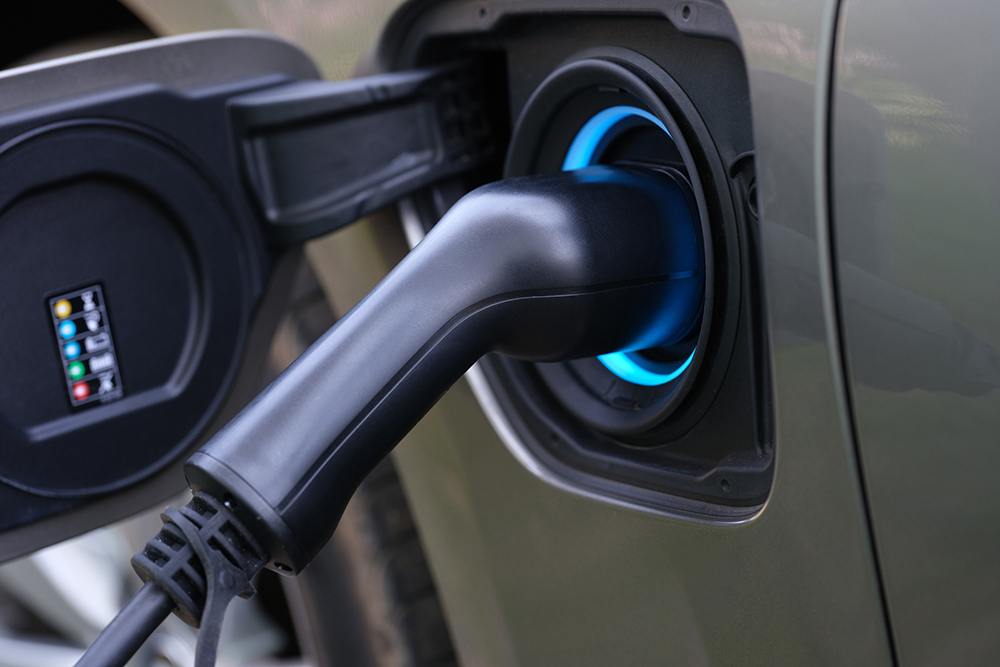
With the increasing popularity and adoption of electric vehicles (EVs), building efficient and user-friendly charging networks has become paramount. ISO 15118 Plug and Charge, an international standard for EV charging, is pivotal in streamlining the EV charging process. This revolutionary technology eliminates the need for physical cards, apps, or RFID tags. Instead, it provides a seamless and automated charging experience in commercial EV charging stations. In this blog, we will delve into the details of ISO 15118 Plug and Charge, exploring its features, benefits, and impact on the future of EV charging.
What is ISO 15118 Plug and Charge?
ISO 15118 is a communication protocol standard developed by the International Organization for Standardization (ISO). It establishes a framework for secure and standardized communication between an EV and a commercial EV charging station. The Plug and Charge EV feature, introduced in the ISO 15118-2 standard, simplifies the charging process by enabling automatic authentication, authorization, and payment through the EV itself.
Key features and functionality of ISO 15118 Plug and Charge
Still confused on Plug and Charger? Here are the advancements that set it apart.
- Secure Communication: ISO 15118 Plug and Charge ensures secure communication between the EV and the charging infrastructure. It utilizes Public Key Infrastructure (PKI) technology to establish a trusted connection, prevent unauthorized access and ensure data integrity.
- Automatic Authentication: One of the most significant advantages of Plug and Charge is its ability to authenticate the EV and charging station automatically. This eliminates the need for physical cards or apps, reducing user inconvenience and enhancing the overall user experience.
- Authorization and Payment: Plug and Charge simplifies the authorization and payment process. It allows EVs to securely transmit their identification and payment details to the charging station, verify the information and authorize the charging session. This streamlined approach removes the complexity of multiple payment methods and accounts, making EV charging more convenient.
- Bi-Directional Communication: ISO 15118 Plug and Charge supports bi-directional communication, enabling data exchange between the EV and the EV charging station. This allows for advanced functionalities such as demand response, vehicle-to-grid (V2G) integration, and intelligent charging algorithms.
Security of private information, including payment details, is a significant concern for the EV user. ISO 15118 works with encryption, de-cryption and two-way authentication to ensure information is protected by third-party manipulation.

Benefits of ISO 15118 Plug and Charge to the EV driver
As payment methods in brick-and-mortar locations and online are becoming more accessible and more convenient for the customer, it only makes sense the same should happen for EV drivers. The Plug and Charge simplifies payments, along with other benefits.
- Simplified user experience: ISO 15118 Plug and Charge eliminates the hassle of handling physical payment cards or using mobile apps to initiate and authorize charging sessions. Users can simply plug in their EVs and let the charging process begin automatically.
- Interoperability: The standardization provided by ISO 15118 ensures interoperability between different EV models and charging infrastructure, enabling seamless communication and compatibility across various manufacturers.
- Enhanced security: The utilization of PKI certificates guarantees secure and encrypted communication between the EV and the charging station, minimizing the risk of unauthorized access or data breaches.
- Cost and time efficiency: Plug and Charge technology eliminates the need for additional hardware or infrastructure to support payment processes, reducing installation and maintenance costs for charging operators. Moreover, the automated charging process saves time for users, as they can start charging immediately without any manual intervention.
- ISO 15118 supports bidirectional power flow, enabling vehicle-to-grid (V2G) capabilities. This feature allows EVs to not only consume energy from the grid but also supply excess power back to the grid, contributing to grid stability and enabling demand response programs.
Many different EV drivers and companies benefit from using Plug and Charge. Consider a family sharing either one EV or driving several, or a fleet that needs to provide their drivers with the ability to charge while on the road.

ISO 15118 Plug and Charge benefits in future-proofing:
The future of EV charging: ISO 15118 Plug and Charge is a game-changer for the EV charging industry. Its seamless and secure communication protocol lays the foundation for a connected, intelligent charging infrastructure. EV manufacturers have been incorporating Plug and Charge into EV design since 2021, and commercial EV charger manufacturers are designing EV chargers accordingly.
Plug and Charge is designed to accommodate future advancements in EV charging technology. Its support for bi-directional communication allows for integration with smart grid systems, enabling features like V2G, or Vehicle-to-grid, to deliver energy back to the grid. Another feature is dynamic tariff optimization, which sets prices depending on demand and availability. This future-proof approach ensures that ISO 15118 remains relevant and adaptable as the EV charging landscape evolves.
As more EVs adopt this standard, it will enable the integration of renewable energy sources, grid optimization, and advanced charging services. Plug and Charge also paves the way for the widespread adoption of V2G technology. This enables Plug and Charge EVs to become an integral part of the energy ecosystem by providing grid stabilization and storage capabilities as needed.
EV charger manufacturers and the Plug and Charge
ISO 15118 Plug and Charge is revolutionizing the way we charge electric vehicles. By simplifying the authentication, authorization, and payment process it enhances user convenience and promotes interoperability. Additionally, its security features and support for bi-directional communication set the stage for future advancements in EV charging technology. As we move towards a sustainable and electrified transportation future, ISO 15118 Plug and Charge will play a vital role in shaping the infrastructure and driving the widespread adoption of electric vehicles.
BTC Power is North America’s largest EV charging station manufacturer, with many models of EV chargers incorporating ISO 15118 Plug and Charge. To learn more about BTC Power’s EV chargers, including L2 commercial EV chargers and DC fast EV charging stations, visit btcpower.com.
Frequently Asked Questions
IEC 61851 is the international standard that defines basic charging modes and safety requirements for EV charging equipment, establishing fundamental protocols for the physical connection between vehicle and charger. In contrast, ISO 15118 is the standard for vehicle-to-grid communication, enabling advanced “smart charging” capabilities including automatic authentication, billing, load management, and bidirectional power flow (V2G).
BTC POWER utilizes open standards and protocols like OCPP to increase interoperability between charging systems and networks, ensuring their equipment works seamlessly with various backend management systems.
NEMA (National Electrical Manufacturers Association) devices follow North American electrical standards and typically use a 120V or 240V power supply with specific plug configurations (such as NEMA 14-50 or 6-50). IEC (International Electrotechnical Commission) devices adhere to international standards predominantly used in Europe and Asia, operating on 230V power supplies with different connector types like Type 2 or Type 3.
BTC POWER, headquartered in California, manufactures commercial EV charging equipment for both North American and EU markets, supporting various regional electrical standards and connector types.

